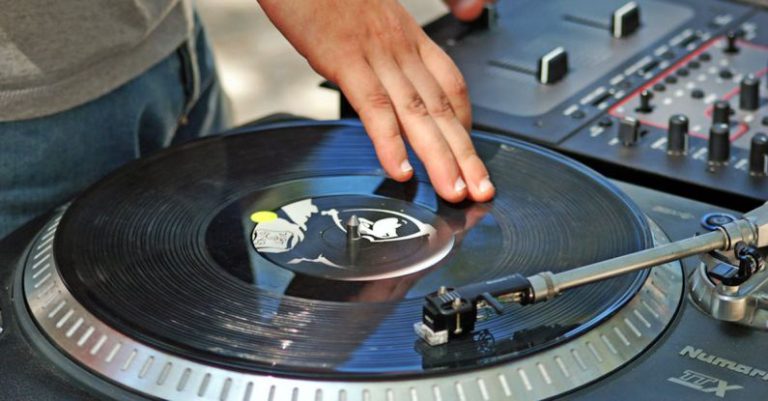How to Fix Overheating Issues in Your Pc
Is your PC feeling the heat? Overheating issues can be a common problem that many computer users face. When your PC overheats, it can lead to decreased performance, system crashes, and even permanent damage to your hardware. However, there’s no need to panic! With a few simple steps, you can fix overheating issues in your PC and keep it running smoothly. In this article, we’ll guide you through some effective solutions to help you tackle this problem head-on.
Check Your PC’s Ventilation
One of the most common causes of overheating in PCs is poor ventilation. If your computer is placed in a cramped or dusty environment, it can lead to a buildup of heat inside the case. To fix this issue, make sure that your PC is placed in a well-ventilated area with plenty of room for airflow. Additionally, regularly clean out any dust or debris that may be blocking the vents or fans.
Monitor Your PC’s Temperature
Monitoring your PC’s temperature is essential in identifying potential overheating issues. There are various software tools available that can help you keep track of your computer’s temperature in real-time. By monitoring the temperature, you can take proactive steps to prevent overheating before it becomes a problem.
Check Your PC’s Fans
Your PC’s fans play a crucial role in keeping your system cool. If your fans are not working correctly or are clogged with dust, it can lead to overheating issues. To fix this problem, open up your PC and check that all fans are spinning properly. If you notice any fans that are not working, consider replacing them with new ones. Additionally, regularly clean your fans to prevent dust buildup.
Apply Thermal Paste
Thermal paste is a heat-conductive material that helps improve the transfer of heat between your CPU and its cooler. Over time, thermal paste can dry out or become less effective, leading to overheating problems. To fix this issue, consider reapplying thermal paste to your CPU. This simple step can help improve heat transfer and reduce the risk of overheating.
Manage Your PC’s Power Settings
Your PC’s power settings can also impact its temperature. If your computer is set to run at high performance all the time, it can generate more heat than necessary. To fix this issue, consider adjusting your power settings to a more balanced mode. By doing so, you can reduce the strain on your system and help prevent overheating.
Clean Your PC’s Interior
Dust and debris can accumulate inside your PC over time, leading to poor ventilation and overheating. To fix this issue, regularly clean out your PC’s interior to remove any dust or dirt that may be blocking airflow. Use compressed air or a soft brush to clean out the components carefully. By keeping your PC clean, you can help prevent overheating and prolong the life of your hardware.
Upgrade Your PC’s Cooling System
If you’ve tried all the above steps and are still experiencing overheating issues, it may be time to consider upgrading your PC’s cooling system. Upgrading to a larger or more efficient cooler can help dissipate heat more effectively and keep your system running at optimal temperatures. Additionally, installing extra case fans or a liquid cooling system can also help improve airflow and reduce overheating.
In conclusion,
Overheating issues in your PC can be a frustrating problem to deal with, but with the right solutions, you can keep your system running smoothly and cool. By following the tips outlined in this article, you can effectively fix overheating problems in your PC and ensure that it continues to perform at its best. Remember to regularly monitor your PC’s temperature, clean out dust and debris, and consider upgrading your cooling system if needed. With these simple steps, you can say goodbye to overheating and enjoy a cooler, more efficient PC experience.






